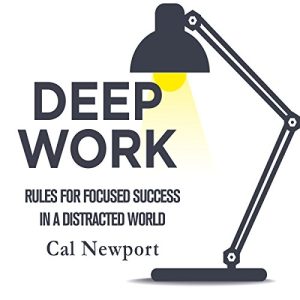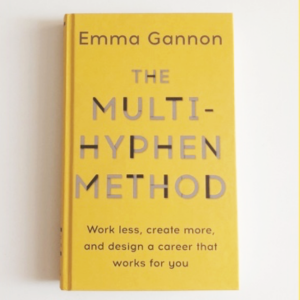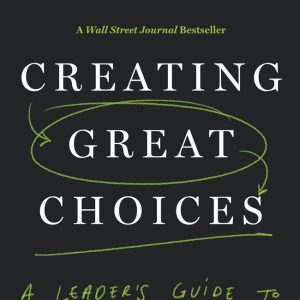
Jim is a great researcher, and one of the most influential management thinkers alive, he is connected to a task force I am part of, and Morten, a collaboration colleague I know from INSEAD and Berkeley, make it an interesting read.
They make a virtue of paranoia, and term it ‘productive PARANOIA’ and begin the chapter in Great by Choice with a quote from Emerson, ‘as soon as there is life there is danger’.
What follows is my summary on the chapter.
The Findings
The successful leaders within the companies the authors highlight as significantly outperforming others in terms of sustainable development and prosperity were people who assumed that conditions can – and often do – unexpectedly change, violently and fast. They were hypersensitive to changing conditions, continuously asking, ‘what if?’ By preparing ahead of time, building reserves, maintaining ‘irrationally’ large amounts of safety, bounding their risk, and honing their disciplines in good times and bad, they handled disruptions from a position of strength and flexibility. They understood, deeply: the only mistakes you can learn from are the ones you survive.
This latter point was illustrated by giving examples of climbing mountains and contrasting what happened to those who lived to tell the story, and those who didn’t. And we are all familiar with the concept of ‘what doesn’t kill you makes you stronger’.
The chapter talks of the ‘death line’, attempting to suggest that if such a line exists, it is the line below which there is no return.
The authors go on to outline their three research-based principles of ‘productive paranoia’:
1. Build cash reserves and buffers – to prepare for unexpected events and bad luck before they happen – enabling the relentless progress to keep creating, inventing, and to sustain the quest for being an enduring company. Some say that cash hoarding is an irresponsible deployment of capital – a view that holds on a stable world but not in an unstable, unpredictable one. The probability of any particular Black Swan event might be less than 1%, but the probability that some Black Swan event will happen is close to 100%, it’s just not possible to predict what it will be or when it will come.
2. Bound risk – death line risk, asymmetrical risk, and uncontrollable risk – and manage time-based risk. The evidence suggested firing bullets before firing cannonballs. They were conscious of the death line risks that would kill or severely damage the enterprise. Asymmetric risks are those for which the potential downside is much bigger than the potential upside. Uncontrollable risk are those that expose the enterprise to forces and events that it has little ability to manage or control. The categories are not mutually exclusive. The research discovered that the successful enterprises, when it came to time-based risk, asked ‘how much time before our risk profile changes?’ rather than should we be fast to act or slow?’ Sometimes acting too fast or too slow increases risk. The key thing is having the presence of mind to ask the right question.
3. Zoom out, then zoom in, remaining hypervigilant to a sense of changing conditions and respond effectively. Given that some people, when focussed on a task, don’t notice the gorilla who entered the room, this principle asks us to focus on the objectives whilst also keeping awake to what else is going on. The key thing in successful companies was they ensured they took time for the zoom out aspect – to stay awake to more than the activities of the business. At their best, they respond to empirical evidence, recognition of genuine opportunity or peril, or both, rather than hype or scaremongering, and stick with proven principles and strategies in the face of frightening events.
Unexpected findings
- The significantly successful companies took less risk than the comparison cases yet produced vastly superior results.
- Contrary to the image of brazen, self-confident, risk-taking entrepreneurs who see only upside potential, key players exercise productive paranoia, obsessing about what can go wrong. They ask questions like: what is the worst-case scenario? What are the consequences of such a scenario? Do we have a contingency in place for such a scenario? What’s the upside and downside? What’s out of our control? How can we minimise our exposure to forces we can’t control? What can we find out? What if? What if? What if?
- The successful companies (up to 10 times on specific measures) didn’t have a greater bias for speed than the comparisons. Taking time available before the risk profile changes, whether short or long, to make a rigorous and deliberate decision produces a better outcome than rushing a decision.
I hope this adds to the dialogue and thinking for the future, despite being based on the past.
This blog has been restimulated by Nick Ellerby’s time with Jim Collins.
To discuss productive paranoia or learn more about our courses, please contact us.





